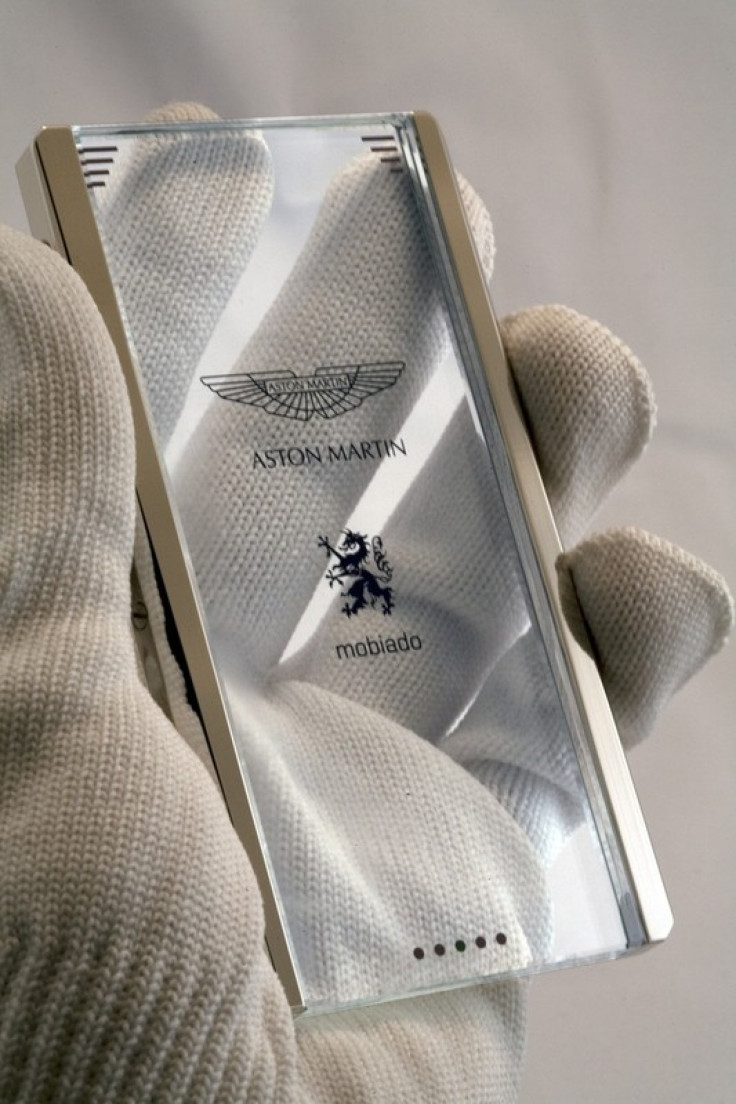Mobile Phone Cancer Link: True or False?

Since the dawning of cellular phones researchers have pondered whether there existed a link between usage and brain cancer, but evidence for both sides always emerges.
Saturday is no exception to this rule.
This weekend two high-profile studies painted strong contradicting evidence on the matter, raising the question as to whether a definite conclusion would ever be met.
A study carried out for the Institute of Cancer Research found no convincing evidence of a link between the technology and brain tumors.
The review, done by a committee of experts from Britain, the United States and Sweden concluded there was no risk.
It also found a lack of established biological mechanisms by which radio signals from mobile phones might trigger tumors.
Although there remains some uncertainty, the trend in the accumulating evidence is increasingly against the hypothesis that mobile phone use can cause brain tumors in adults, researchers said.
Sounds definitive enough. But another study, carrying its own authority and released on the same day, says cell phones and brain's don't mix.
A Swedish study found large increased incidence of astrocytoma, the most common form of a malignant brain tumor, in those who had been using cells for over 10 years.
Published in the International Journal of Oncology,and carried out by researchers from the University Hospital of Örebro and Umeå University ,the study found that long-term usage increased the risk of all malignant tumors by 30 per cent, and astrocytomas in particular by 40 per cent.
The studies come just two months after the World Health Organization's (WHO) International Agency for Research on Cancer (IARC) decided cellphone use should be classified as possibly carcinogenic to humans.
Another Saturday paper, this time in Environmental Health Perspectives, researchers also found a link, saying that although there remains some uncertainty, the trend in the accumulating evidence is increasingly against the hypothesis that mobile phone use can cause brain tumors in adults.
With evidence mounting on both sides of the issue, its difficult to make a definite conclusion. To play it safe, some users have adopted hands-free sets to keep a distance between their devices and their heads.
There are currently 5 million devices in use globally.
© Copyright IBTimes 2024. All rights reserved.











